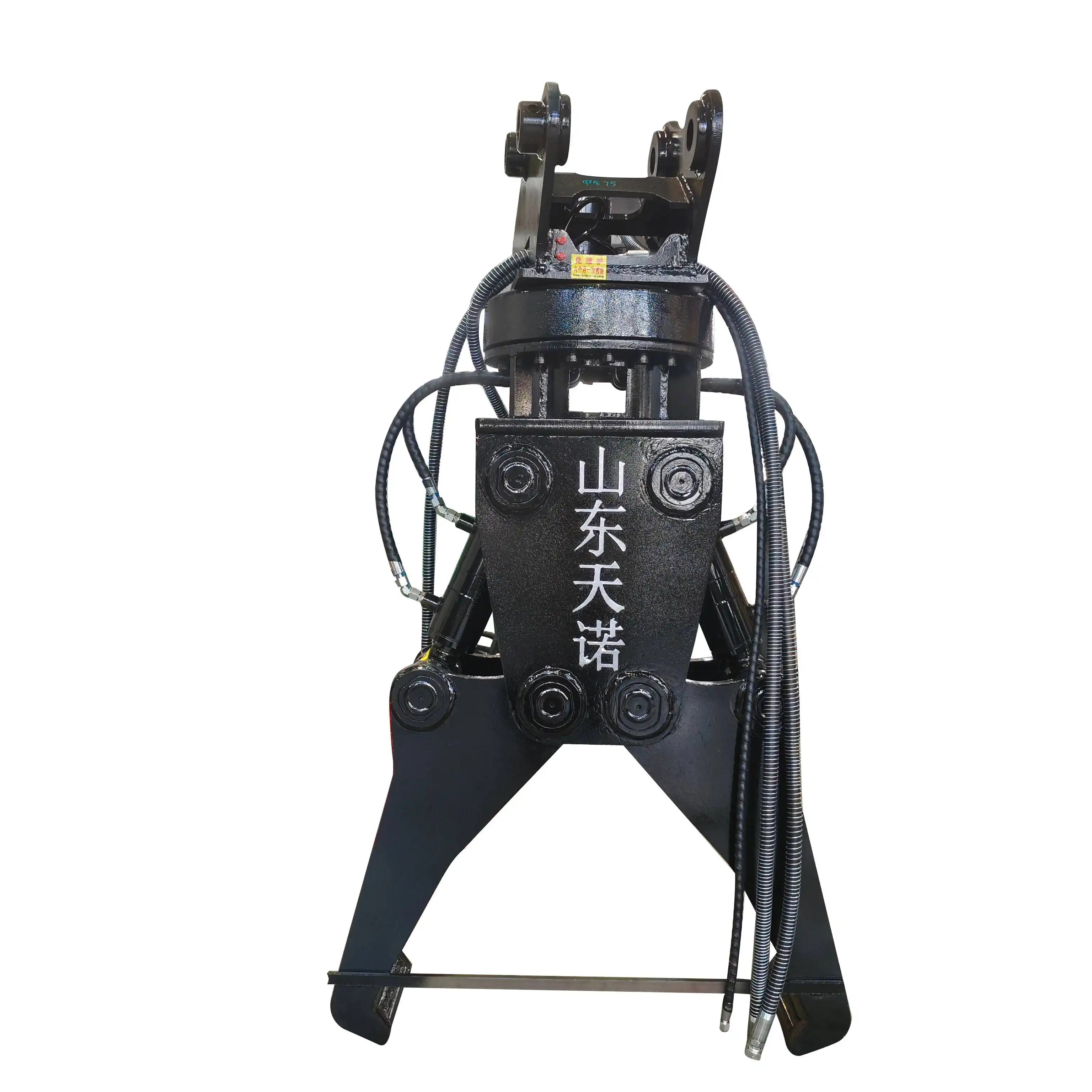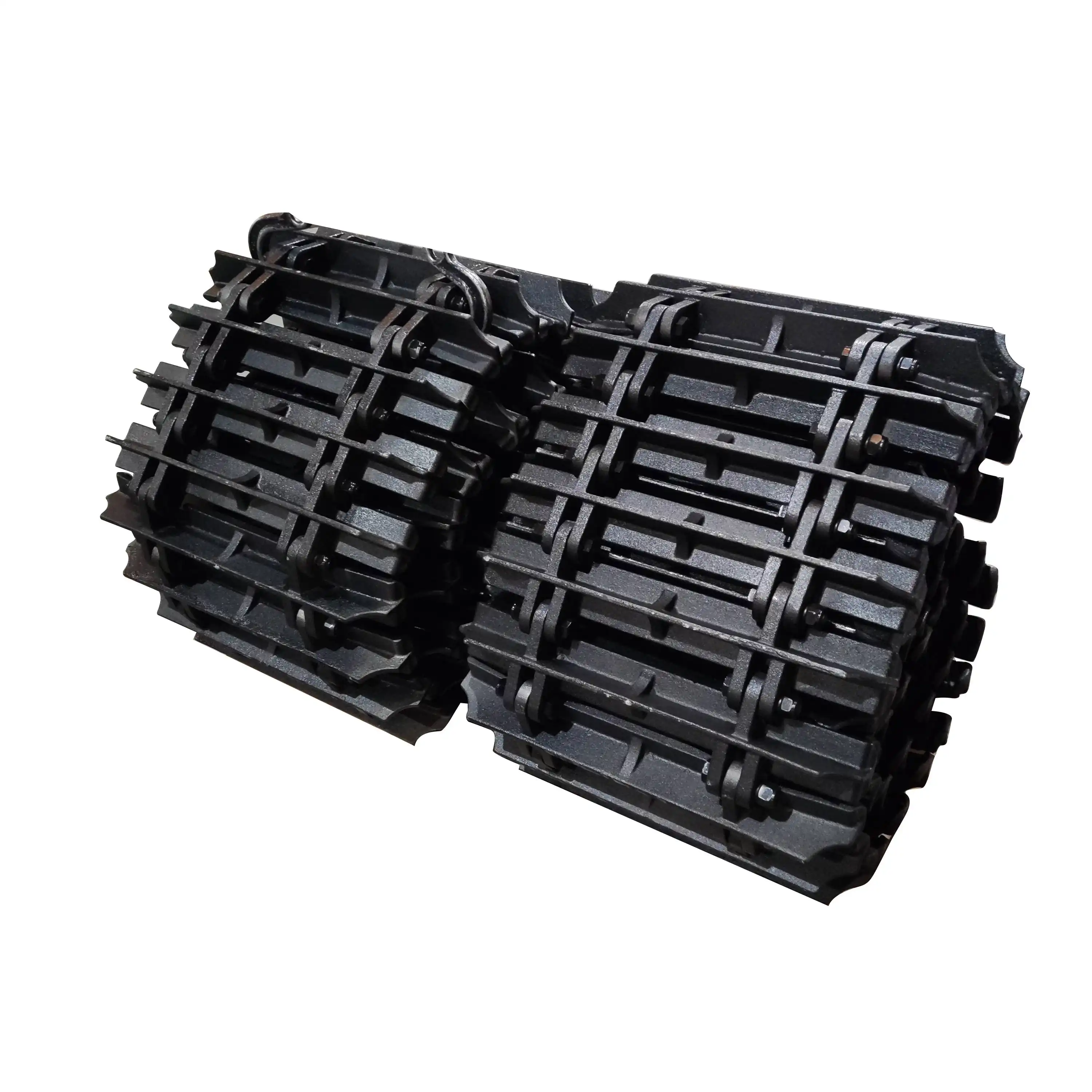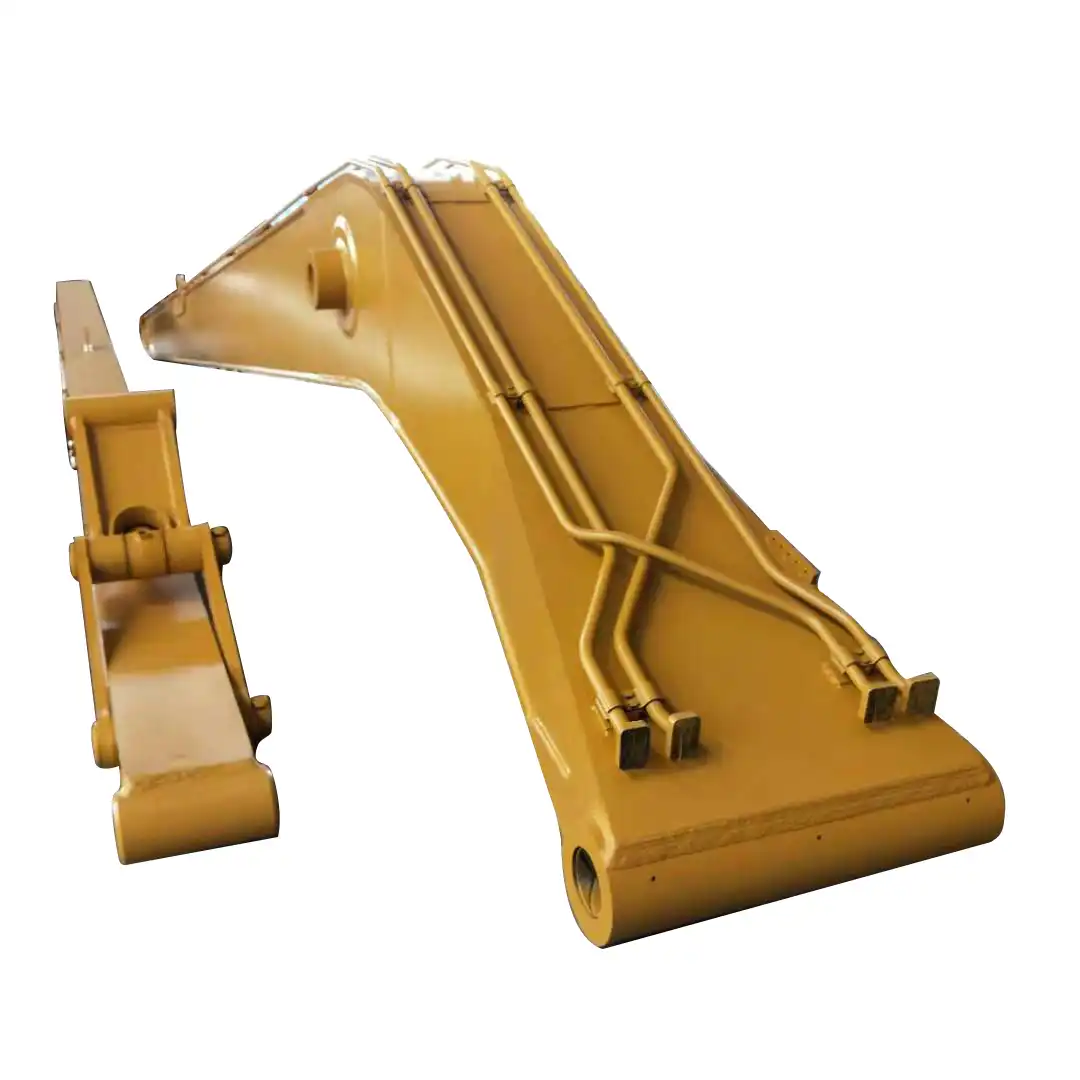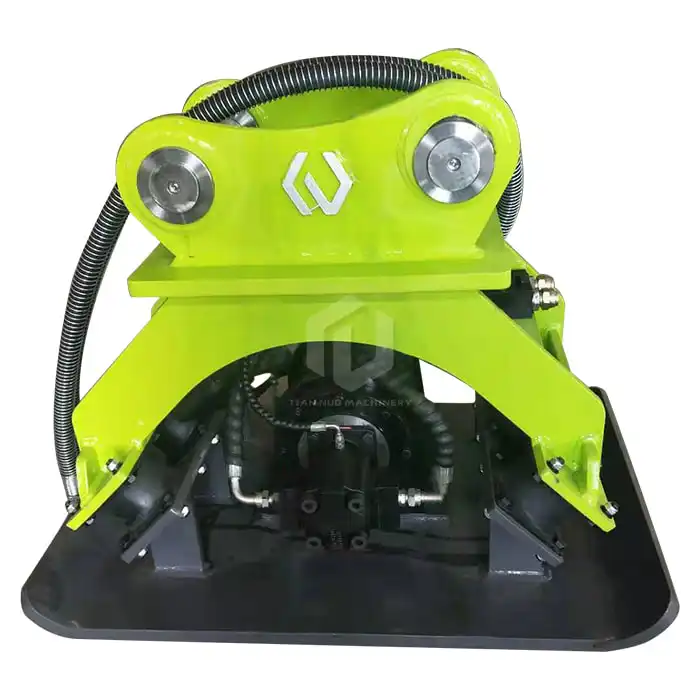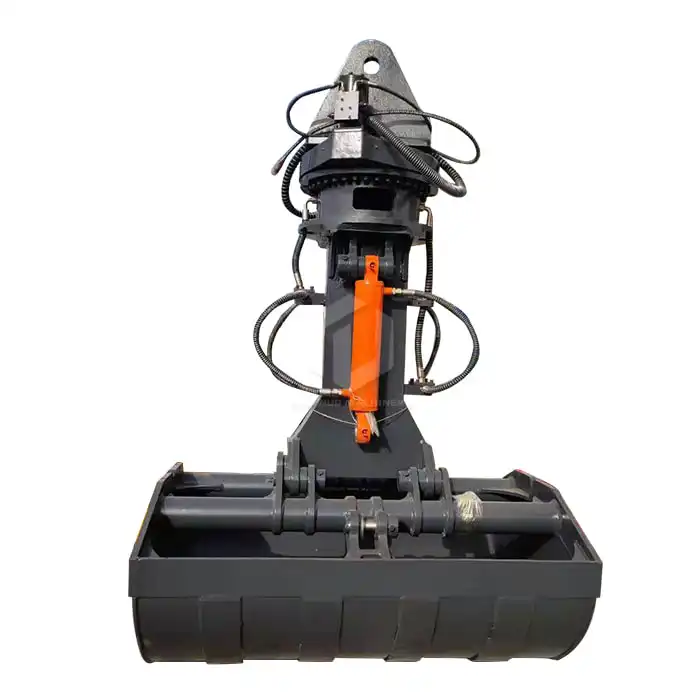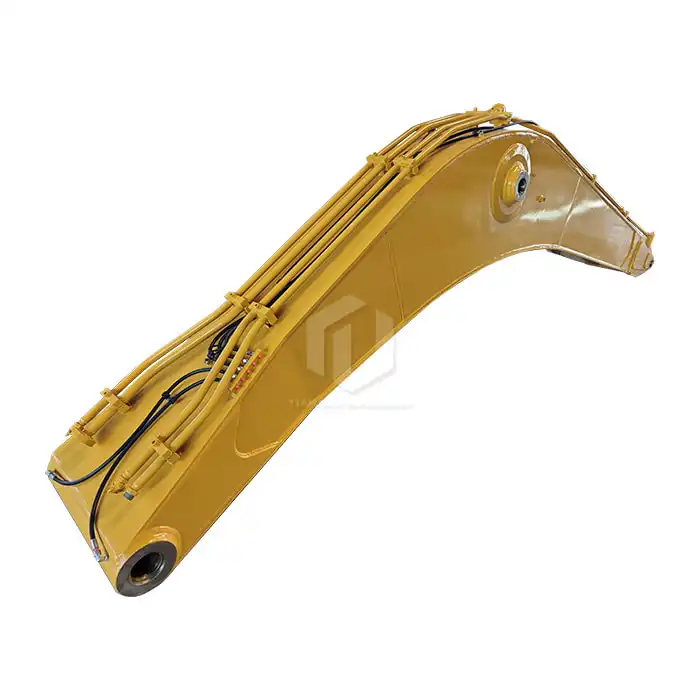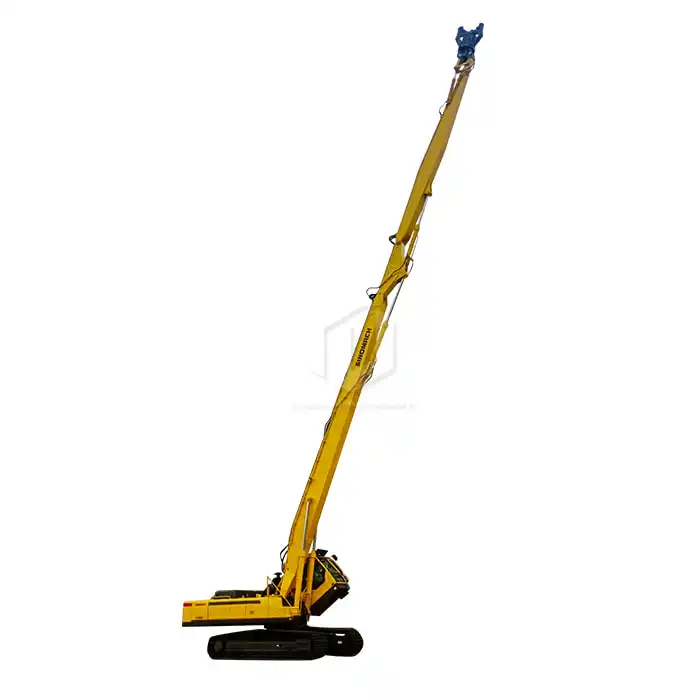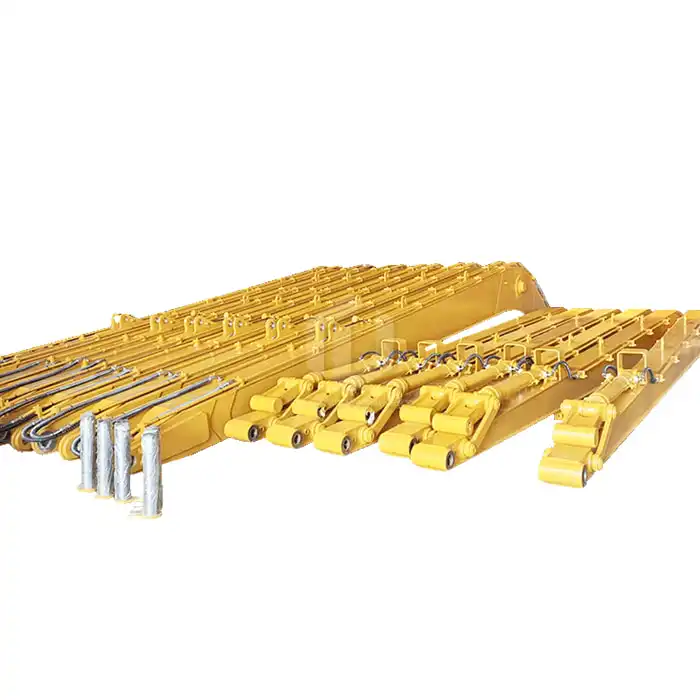Design And Customization Of Ballast Blaster Undercutter
Efficiency and precision are paramount in railway maintenance. The ballast blaster undercutter is a pinnacle of engineering innovation, designed to tackle the complex task of cleaning and maintaining railway tracks. This article delves into the intricacies of this remarkable machine, exploring its design, customization options, and the technology that makes it an indispensable tool in modern rail infrastructure maintenance.
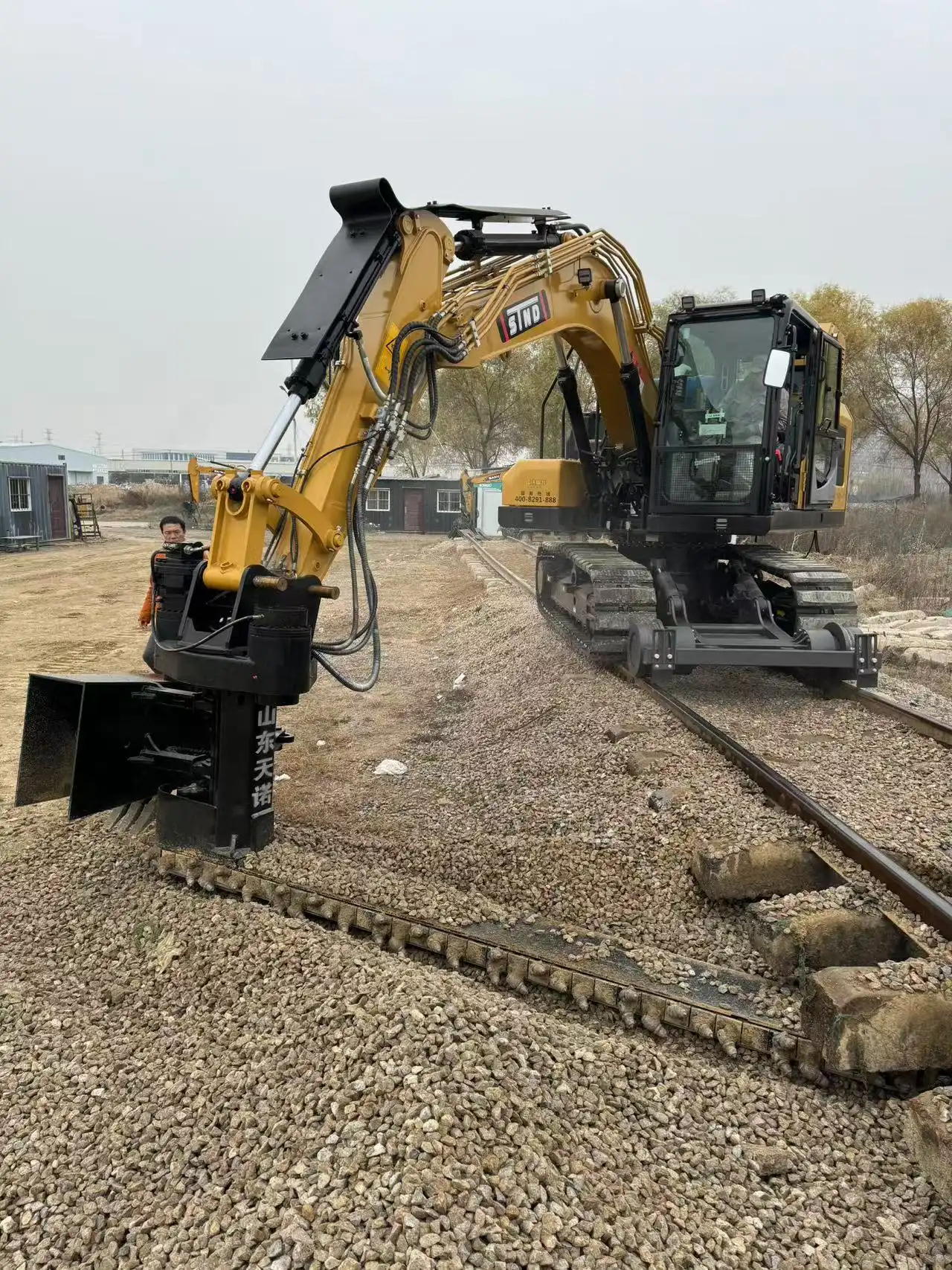
Revolutionary 360° Rotation Function
One of the most impressive features of the ballast blaster undercutter is its 360° rotation function. This capability represents a significant leap forward in railway maintenance technology, offering unprecedented flexibility and efficiency in ballast cleaning operations. But how exactly is this remarkable function realized?
The 360° rotation is achieved through a sophisticated hydraulic system coupled with a robust turntable mechanism. This setup allows the entire working unit of the undercutter to rotate freely, enabling operators to clean ballast from any angle without repositioning the entire machine. The hydraulic system provides smooth and controlled movement, while the turntable bears the weight and stress of the rotating components.
This rotational capability offers several advantages:
- Increased Efficiency: Operators can clean a wider area without moving the machine, reducing downtime and increasing productivity.
- Enhanced Precision: The ability to approach the ballast from any angle allows for more thorough and precise cleaning.
- Improved Safety: Operators can position the machine optimally for each task, reducing the risk of accidents or strain.
- Versatility: The 360° rotation makes the undercutter suitable for a variety of track layouts and configurations.
It's worth noting that some models offer a 180° rotation option, which, while not as comprehensive as the 360° rotation, still provides significant flexibility for many applications. The choice between 360° and 180° rotation depends on the specific requirements of the railway maintenance project and the operating environment.
The implementation of this rotational function requires precise engineering and high-quality components to ensure durability and reliability under the demanding conditions of railway maintenance. Manufacturers like Tiannuo Machinery invest considerable resources in developing and refining this technology to meet the evolving needs of the industry.
Adjustable Digging Depth: Precision in Action
Another crucial aspect of the ballast blaster undercutter's design is its adjustable digging depth. The machine typically offers a maximum digging depth of ≤260mm, but can this be adjusted according to specific working conditions? The answer is a resounding yes, and this adaptability is one of the key features that make the ballast blaster undercutter so versatile and efficient.
The adjustable digging depth is achieved through a combination of mechanical and hydraulic systems. Here's how it works:
- Hydraulic Cylinders: The undercutter is equipped with powerful hydraulic cylinders that control the vertical movement of the digging unit.
- Precision Controls: The operator can adjust the digging depth using precise controls in the cabin, allowing for fine-tuning based on real-time observations.
- Depth Sensors: Advanced models incorporate depth sensors that provide accurate readings of the current digging depth, enabling precise adjustments.
- Automated Systems: Some high-end undercutters feature automated depth control systems that can maintain a consistent depth even on uneven terrain.
The ability to adjust the digging depth offers several benefits:
- Customized Cleaning: Different sections of the track may require different cleaning depths. The adjustable depth allows operators to tailor the cleaning process to specific needs.
- Protection of Track Infrastructure: By precisely controlling the digging depth, operators can avoid damaging underlying track components or structures.
- Efficiency: Adjusting the depth allows for optimal use of the machine's power, balancing thoroughness with speed.
- Adaptability: The undercutter can be quickly adapted to different ballast conditions or track designs without the need for equipment changes.
It's important to note that while the maximum digging depth is ≤260mm, this doesn't mean the machine always operates at this depth. The actual working depth is determined by factors such as ballast condition, track design, and maintenance requirements. Operators must consider these factors when setting the digging depth to ensure effective cleaning without compromising track integrity.
Dimensions and Weight: Balancing Power and Mobility
The dimensions and weight of a ballast blaster undercutter are critical factors that influence its performance, transportability, and suitability for different working environments. While specific measurements can vary between models and manufacturers, understanding the general range of dimensions and weight is crucial for railway maintenance planners and operators.
Typical dimensions for a ballast blaster undercutter are:
- Length: 3000-4000 mm
- Width: 2000-2500 mm
- Height: 2000-2500 mm
The weight of a ballast blaster undercutter can range from 5 to 10 tons, depending on the model and specific features. This weight is carefully balanced to provide stability during operation while still allowing for transportability.
These dimensions and weight specifications are the result of careful engineering considerations:
- Power vs. Mobility: The machine needs to be powerful enough to perform effectively but not so heavy that it becomes difficult to transport or maneuver.
- Stability: The weight distribution is calculated to provide stability during operation, especially when the rotating mechanism is in use.
- Transport Regulations: Dimensions are often designed with transport regulations in mind, ensuring the machine can be moved on roads without special permits.
- Versatility: The size is optimized to allow the undercutter to work in various track configurations and tunnel profiles.
It's worth noting that some manufacturers offer customizable options, allowing for slight variations in dimensions to meet specific customer needs or operational requirements. This flexibility can be particularly useful for railways with unique infrastructure challenges.
The compact nature of these machines, despite their power and capabilities, is a testament to the advanced engineering involved in their design. Manufacturers like Tiannuo Machinery continually strive to optimize the balance between power, functionality, and maneuverability in their ballast blaster undercutter designs.
Ballast Blaster Undercutter
The ballast blaster undercutter represents a significant advancement in railway maintenance technology. Its innovative design, featuring 360° rotation, adjustable digging depth, and optimized dimensions, makes it an invaluable tool for modern rail infrastructure upkeep. As we've explored, each aspect of its design is carefully considered to maximize efficiency, precision, and adaptability.
Tiannuo Machinery's ballast blaster undercutter exemplifies these advancements, offering a versatile solution designed to meet the demands of modern railway maintenance. Compatible with T6-15 and 7-15 models, it provides flexibility across various operational requirements. With two cleaning length options of 600mm and 2500mm, it caters to different cleaning depths and workloads. The rotation angle options of either 360 degrees or 180 degrees ensure comprehensive and efficient ballast cleaning while adapting to diverse working conditions.
If you're in the market for a ballast blaster undercutter manufacturer, we invite you to explore what Tiannuo Machinery has to offer. Our team is ready to assist you with any questions or inquiries. Feel free to reach out to our manager at arm@stnd-machinery.com, or contact our team members at rich@stnd-machinery.com and tn@stnd-machinery.com. Let us help you find the perfect solution for your railway maintenance needs.
References:
[1] Railway Technology. (2021). "Advancements in Ballast Cleaning Technology."
[2] International Railway Journal. (2022). "Precision Maintenance: The Role of Adjustable Depth in Ballast Cleaning."
[3] Railway Track and Structures. (2023). "Optimizing Size and Weight in Railway Maintenance Equipment."

